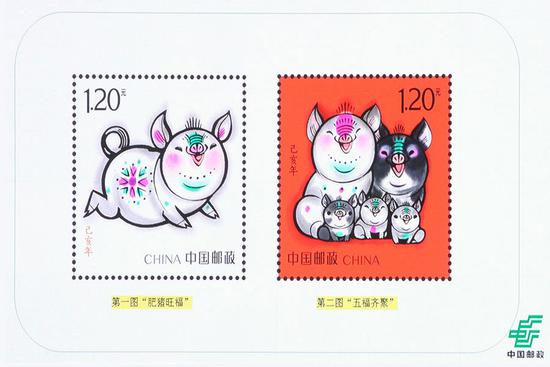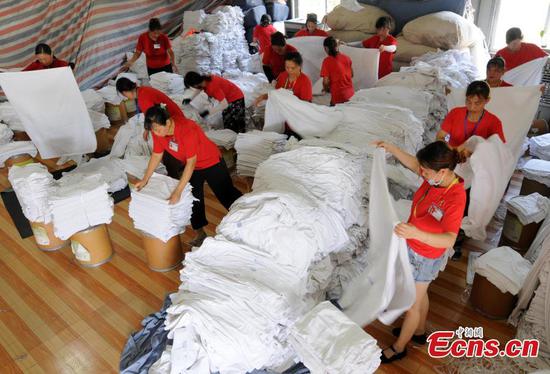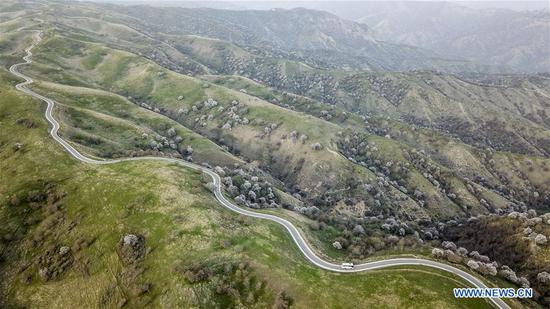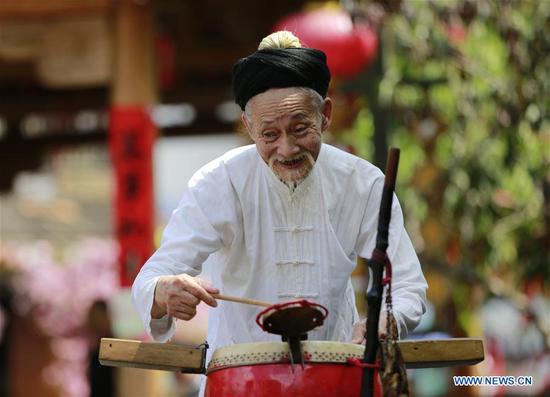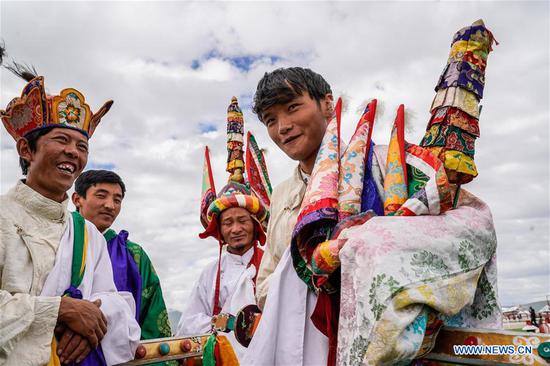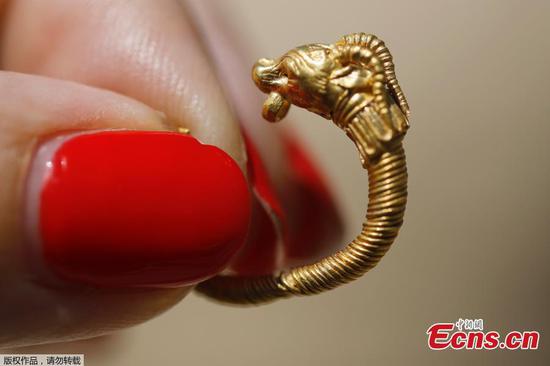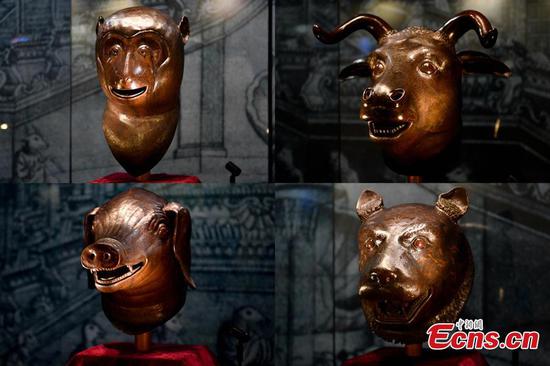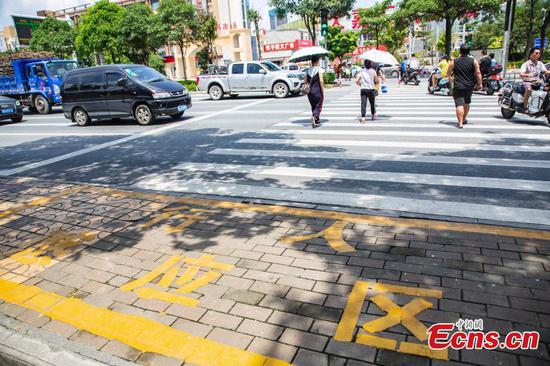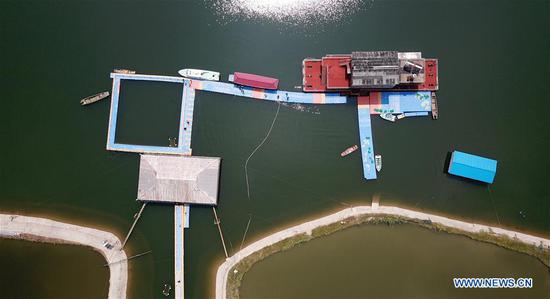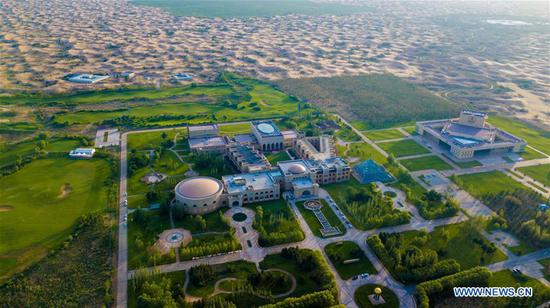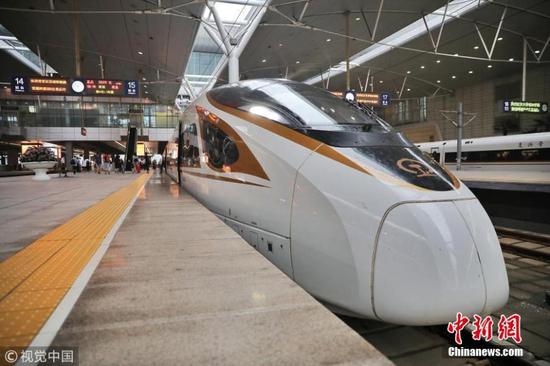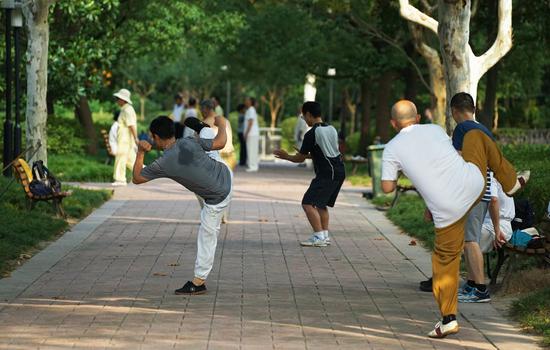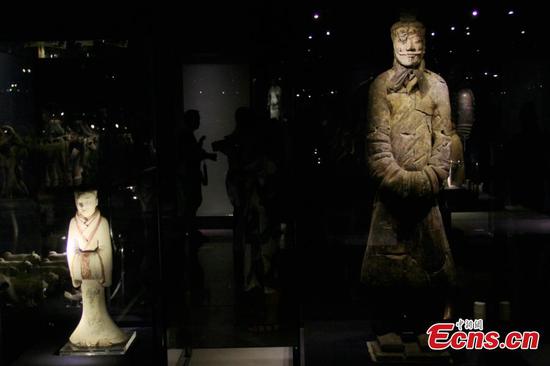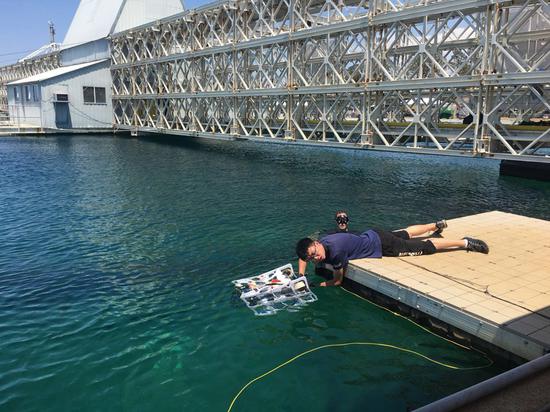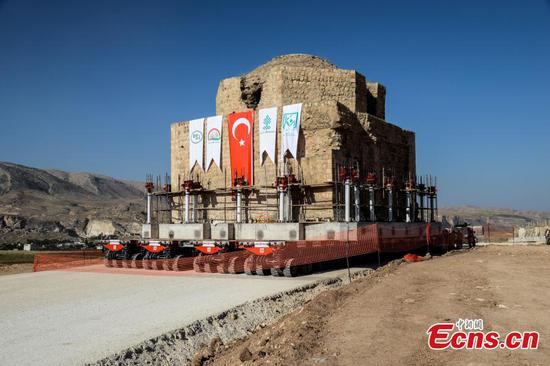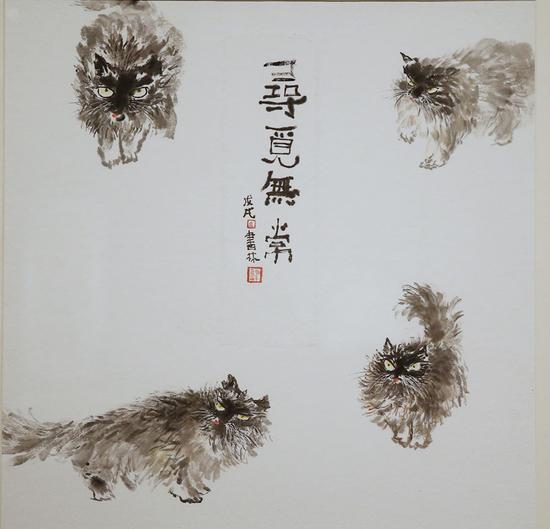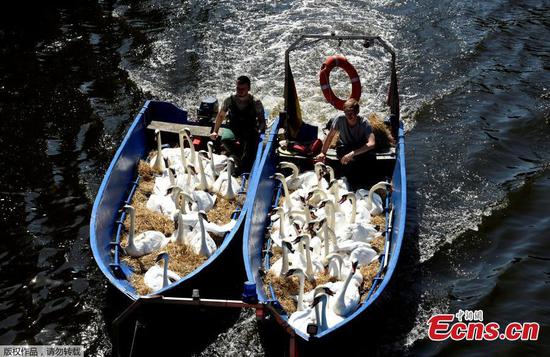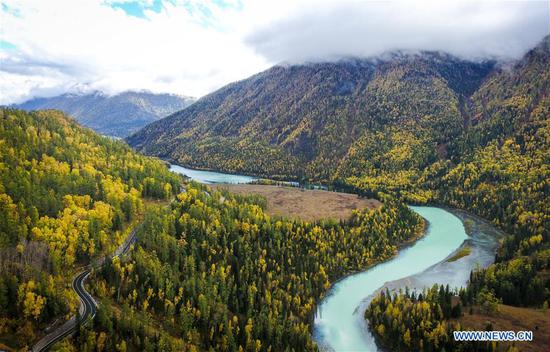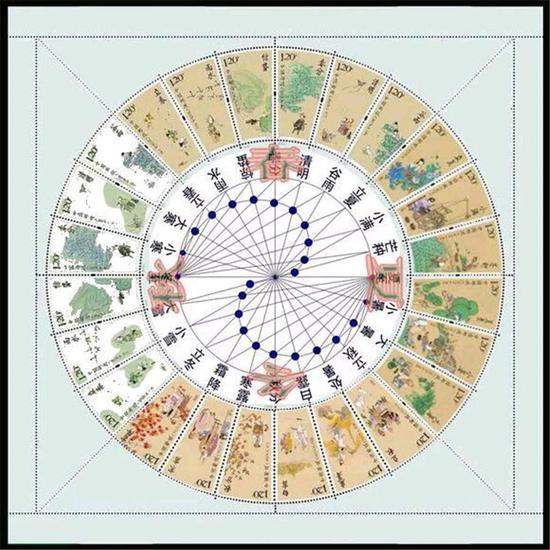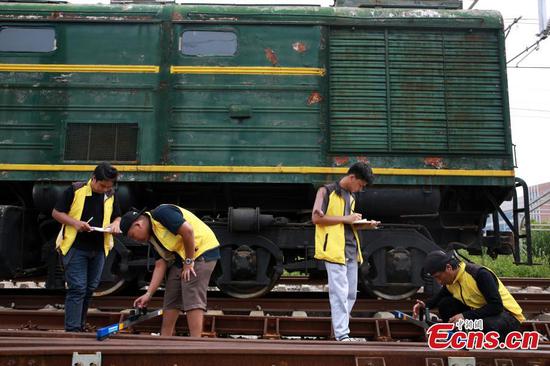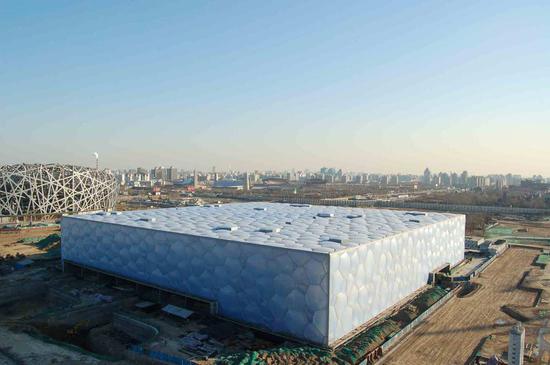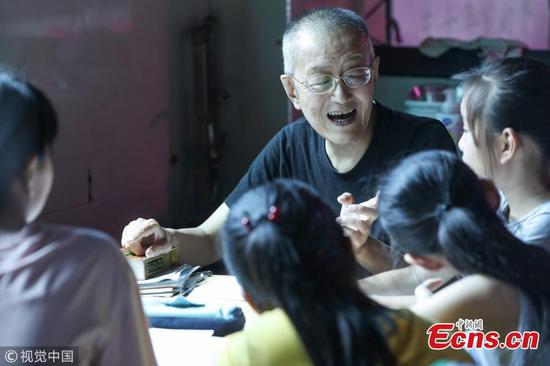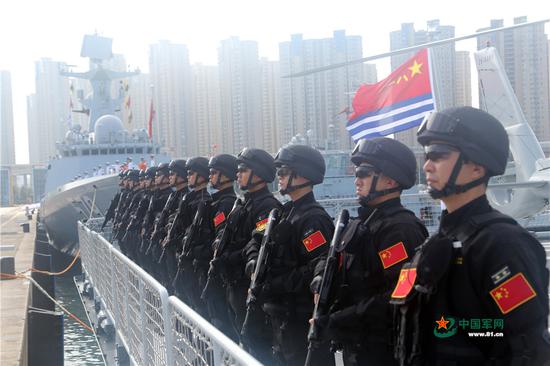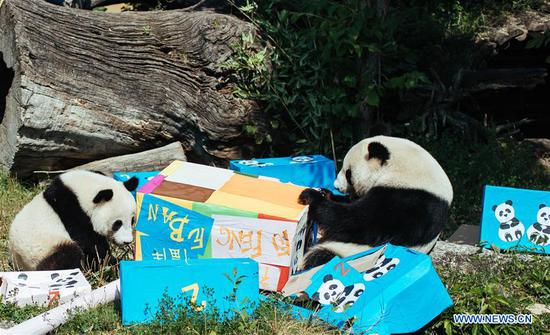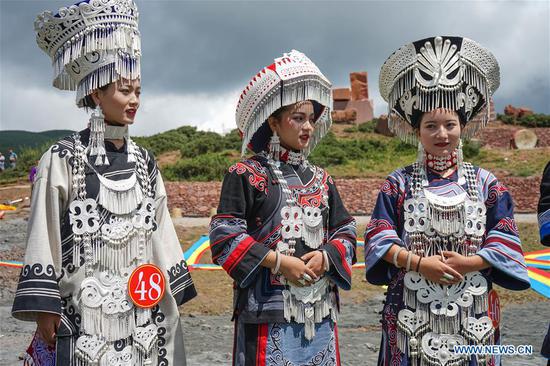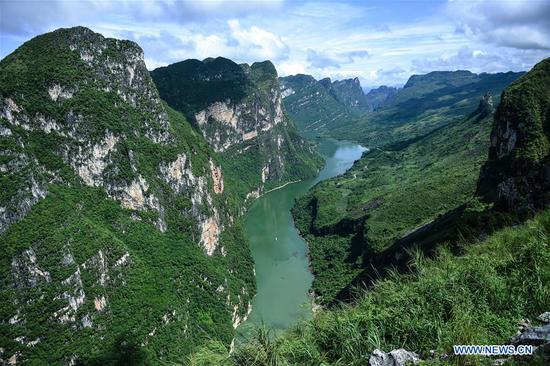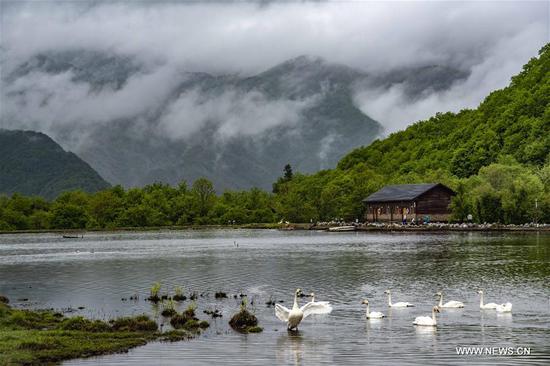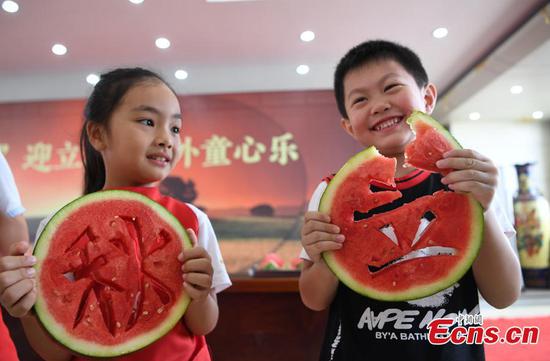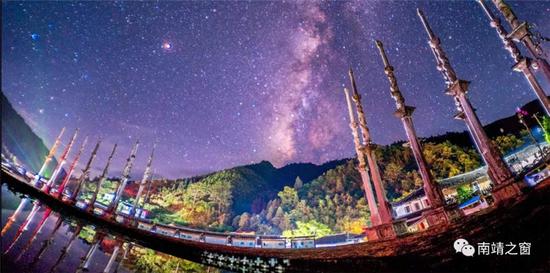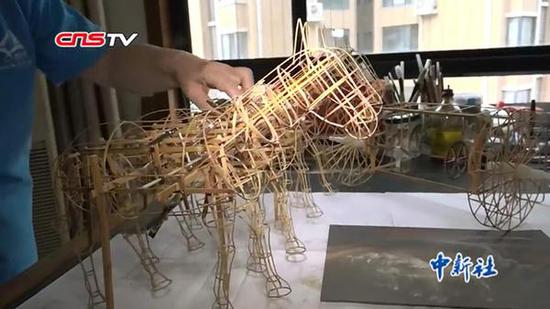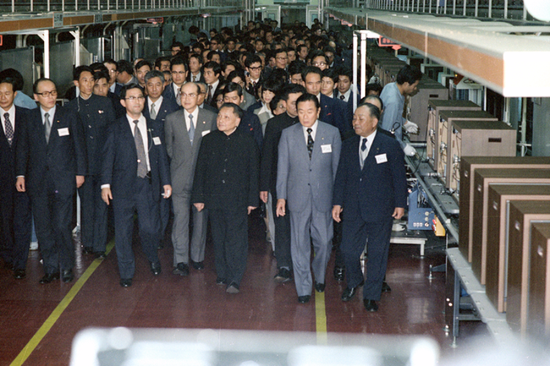
Deng Xiaoping in Panasonic's television factory in Osaka in 1978. (Photo/Courtesy of Panasonic Corporation)
Matsushita also came up with a plan to establish a joint venture, the Japan-China Electronic Industries Federation, with the aim of promoting the modernization of China's electronics industry.
Back in Japan, Matsushita visited other electronics heavyweights in an attempt to persuade them to invest in China. Having little knowledge of China, they turned him down.
Their ignorance was understandable. There was little understanding between the two peoples then, as China and Japan had only normalized diplomatic relations in 1972.
In 1980, Matsushita, then 85, visited Beijing to give a briefing on his failure, and Deng is said to have told him, "Never mind, we are still friends."
Deng assured Matsushita that China was resolute about staying on the path to opening-up.
Moved by Deng's words, Matsushita decided on the spot that Panasonic would set an example to other Japanese companies by forging a trailblazing partnership with the Chinese. Picture tubes, a core component of color TVs, which China would need to import, were chosen as the first item in the deal.
The collaboration started with Panasonic investing heavily in setting up a picture tube factory in Beijing, ushering in four decades of the company's business in China.
Panasonic did face hurdles, not the least of which was the fact that Japan belonged to the Coordinating Committee for Multilateral Export Controls, an organization through which the United States and its allies exercised control over strategic materials and technology that could be exported to Communist bloc countries.
In September 1987, the company and Beijing's municipal authorities finally opened Beijing Matsushita Color CRT. The factory's first products would be 21-inch color picture tubes. But before they could roll off the assembly line, one other important step was necessary.
Panasonic has a management ethos that encourages "developing people before making products", and all 250 Chinese employees chosen to work on the first production line were sent to Japan for training for six months. Finally, in June 1989, almost nine years after Deng's visit to the Panasonic factory in Ibaraki-and just a few weeks after Matsushita died at the age of 94-the first China-made picture tubes were completed in Beijing.
The joint venture made a profit in the first year, and the industrialists who had rejected Matsushita's overtures years before finally got the message. Other Japanese companies began to follow Panasonic's lead, embarking on their own journeys of fortune in China.
Akio Tanii, 90, Panasonic's chairman from 1986 to 1993, said: "Matsushita's decision to invest in China testifies to his extraordinary strength of character. He reckoned that making money was something all companies must aspire to. However, he also believed that a company's activities should benefit society."
When President Hu Jintao visited Japan in May 2008, it was only natural that the Panasonic headquarters should be on his itinerary, and there he lauded Matsushita's contribution to China's modernization drive.
China is now Panasonic's global manufacturing hub. The joint project in Beijing was a cornerstone of its subsequent strategy and led to the establishment of 79 factories in China employing nearly 60,000 people. These plants rang up 50 billion yuan ($7.4 billion) in sales last year. Panasonic has poured huge resources into these factories, producing consumer products, setting up research and development departments and coming up with a business-to-business strategy.
"As China's economy developed, its leaders opened up the country and soaked up technologies from around the globe," said Tanii, a former chairman of the Osaka chapter of the Japan-China Friendship Association.









